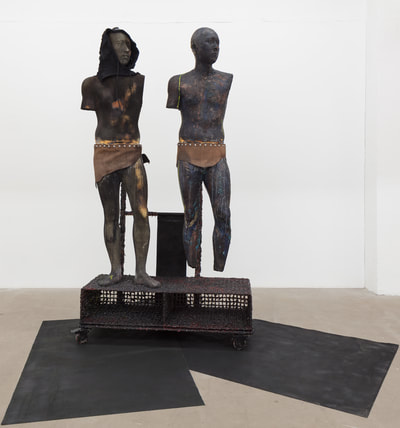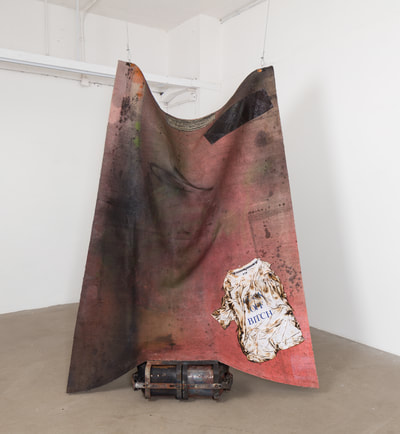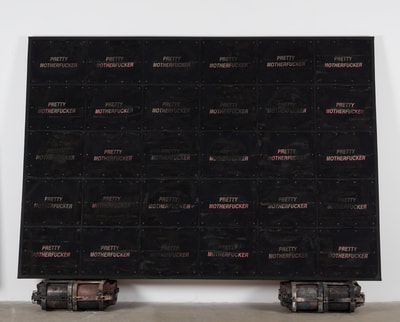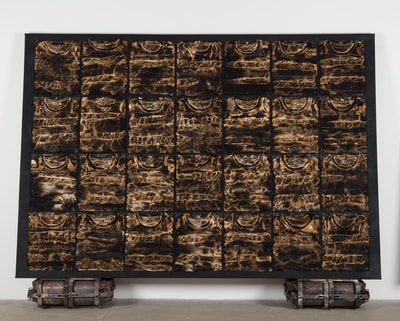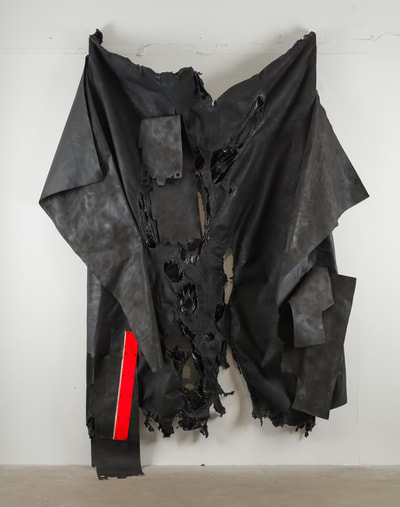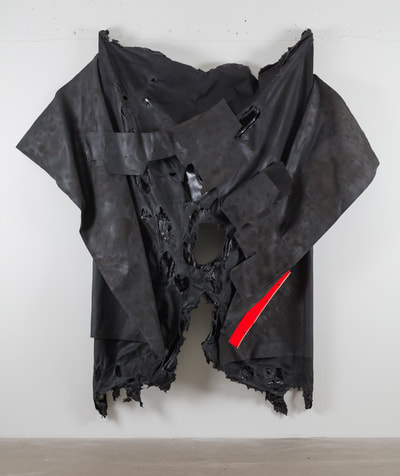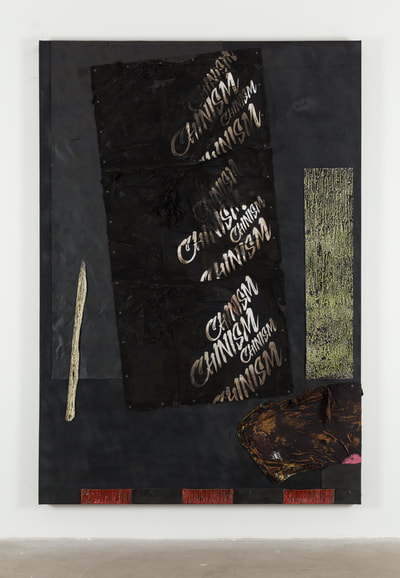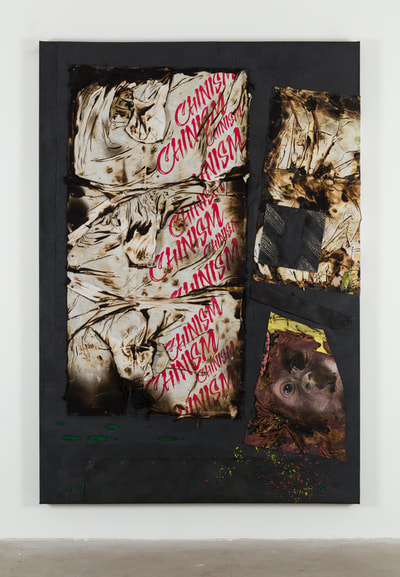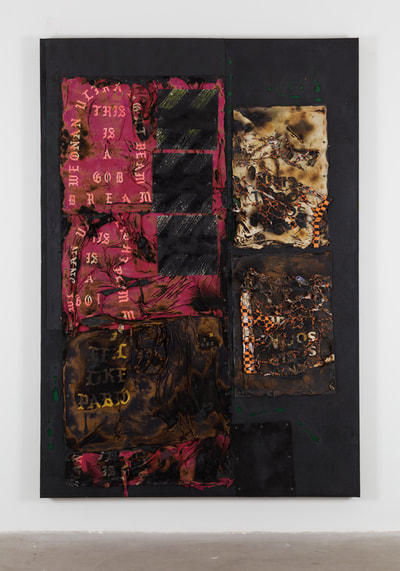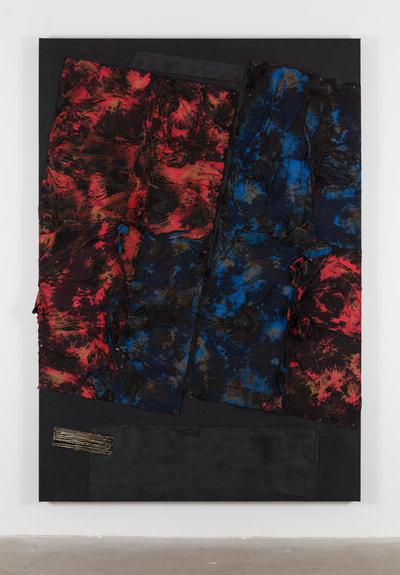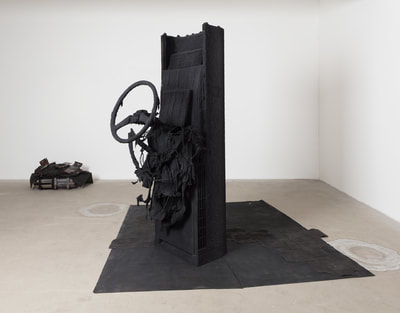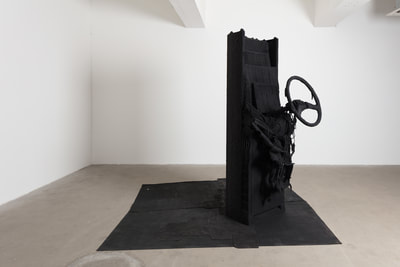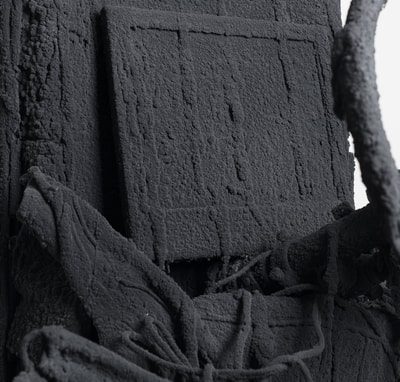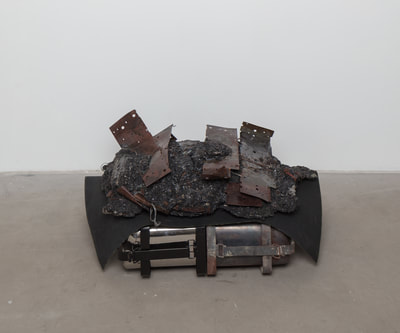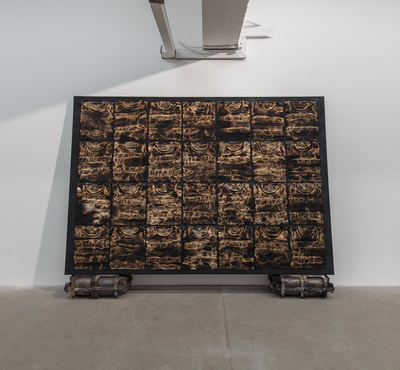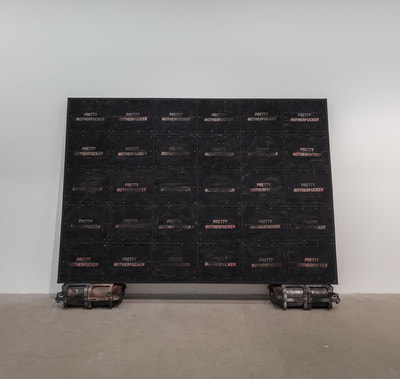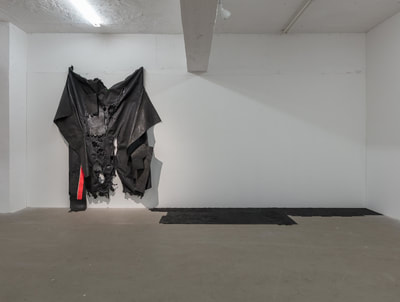LI Jingxiong: VIOLENCE ON DEMAND 李競雄 《按需暴力》
|
LI Jingxiong: Violence On Demand 30 September - 4 November 2017 Hours: Tue - Sat, 11 am - 6 pm LI, a graduate of the Nanjing University of Arts, has established an art practice that relies heavily on experimentation. In "Violence on Demand", the Shanghai-based artist uses techniques such as collage and installation to evoke a post-apocalyptic world rife with violence and destruction. Burned objects and dismembered figures powerfully allude to what LI perceives to be the reality of present-day China, a reality in which schools resemble factories and where economic and political injustice have given rise to oppression and brutality. The artist’s current work expands on "Baiyin", a previous series that was loosely based on a serial murder case in China. His more recent installations continue this examination of violence. But instead of focusing on acts committed by individuals, LI is now looking at how society itself fosters violent behaviour. Inspired by the theoretical work of American sociologist Randall Collins, the artist is interested in how tension and fear generate violent situations, which in turn lead to outbreaks of aggression. To LI, the process of making art can be an act of violence, an act in which the artist gathers all the tension and pressure he is exposed to and, in a role almost similar to that of an accelerant, translates them into an outburst. To create his works, he often takes found objects and sets them on fire until only charred remnants remain. Most of the time the destruction is deliberate, but some of the installation pieces are the result of an accidental fire that destroyed parts of his studio. Taken together, the scorched objects, often deformed to the point of being hardly recognisable, offer a grim vision of a society shaped by destructive forces. Much of LI’s work suggests a connection between violence and the rising consumerism in China. He often burns branded clothes and arranges the remains into collages of blackened fabric, highlighting the helplessness of the individual in a world controlled by corporations. To him, the freedom to choose a certain style of clothing is not a real freedom. The consumer’s choice is always guided and manipulated, not just by advertising but also by political forces. For several of his works, Li has burned clothes of brands such as Chinism whose slogans can be seen as an expression of an increasingly nationalistic mood. LI’s fascination with consumerism and capitalism stems in no small part from his background as the son of two supermarket entrepreneurs. One installation in the exhibition consists of two male figures. Half-burned, dismembered and splashed with paint, standing on metal racks that resemble supermarket shelves, the statues not only point to the many conflicts and tensions that run through modern Chinese society. They also serve as a self-portrait of the artist. |
